Ganvie
Ouidah was something of a tourist trap, everybody agrees. And thus we are heading for the second tourist trap in this country, Ganvie. Do we never learn?
Ganvie is a village on stilts, built in a shallow lagoon. History has it that it was created by local people to escape from the slave raiding parties, ie. from their African neighbours that hunted for slaves to sell to the Western traders. Even though that danger has abated somewhat, nowadays, the villagers have remained in their place, stuck to their houses on stilts, and still earning their living from fishing. And from tourism.
Actually, it is not all that bad. We arrive at a large parking place, almost empty. Of course there are hardly any tourists: who in his right mind goes to Benin on holiday? We are directed to a central desk that arranges the boats, where we pay our dues, according to a clear price list. Then we are harassed for a guide, which we politely decline, not only because we have a general dislike of guides, but also because the guy askes for an exorbitant about of money, apparently the standard fee. We are taken to a boat, very civilised, with engine and sun cover, and just before we leave with our boat man, another person jumps on board. A guide. Only after we explain once again that we are not going to pay for him, he leaves, reluctantly.
And from that moment onwards we have a really pleasant time. In about 15-20 minutes the boat makes its way to the village, passing an array of canoes, fishermen, large expanses of nets and lots of activity. Tourists or not – and there aren’t a lot of them -, here, life just continues. Most canoes are manned by one or two people, peddling their way. Other canoes have set a small sail, a seemingly much more efficient way of moving. As always, many of the women wear extravagantly colourful cloths; they also have large straw hats protecting them against the sun.
Nearer the village we encounter ‘market’ canoes, with fresh produce for sale, onions, lettuce. And then we are in the middle of it, houses on stilts everywhere, a mild traffic jam with smaller and larger canoes. We do need to visit the occasional artisan’s shop, but each time we manage to escape without buying anything; it is mostly cheap, poorly carved stuff what they sell, and typical tourist trinkets. Some new developments are going up, too, a few with concrete stilts, others seemingly built on a cement layer that covers an island. The village is pretty much self-sufficient, with hospital, church and mosque, and even a wine shop!
After an-hour-and-a-half we turn back, pass the same fishing folk as we saw on the way up, reach the parking and return to Cotonou. Lovely morning out, on the water. The only discord? Unlike in most other places we have been, the people here are not particularly forthcoming, perhaps because they have seen too many tourists. They don’t like being photographed, and even without camera in sight, they are not the jolliest lot.
Cotonou
Funny enough, we had the same experience in Cotonou itself. A stroll over the main market, the Dantokpa market, mostly met with a certain amount of hostility, not many people were in for a chat, and many were very much aware of the camera, and did not want to be photographed. But even putting the camera away didn’t change the atmosphere, very unusual in our rather extensive market experience from all over the world. Mind you, the market itself is enormous, an inside building where shoes and cloths and a lot of other hardware is being sold, and outside the fresh produce, colourful peppers, a whole range of spices, your standard fare that makes other markets a feast.
There is little else to do in town. Walking along the main roads creates the usual dangers of motorbikes skirting past, walking the smaller roads is a dusty affair, as most of these are just sandy tracks. Nothing is particularly attractive, and again, there is not much happening, it is far from the vibrant. Rests us little else than risking our life once more, by taking a moto taxi to our beach hotel, and spend the afternoon on the breezy balcony overlooking the sea, with a cool beer. It is a tough life, travelling.
Next: to Porto Novo

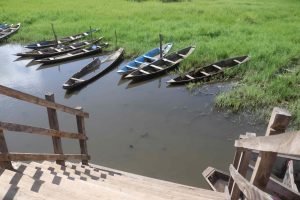

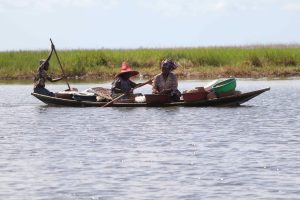
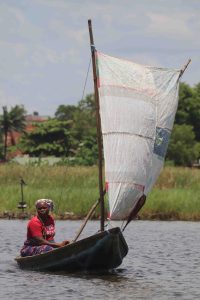

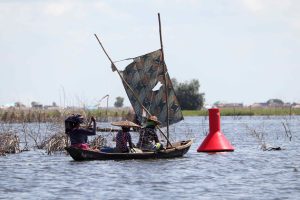
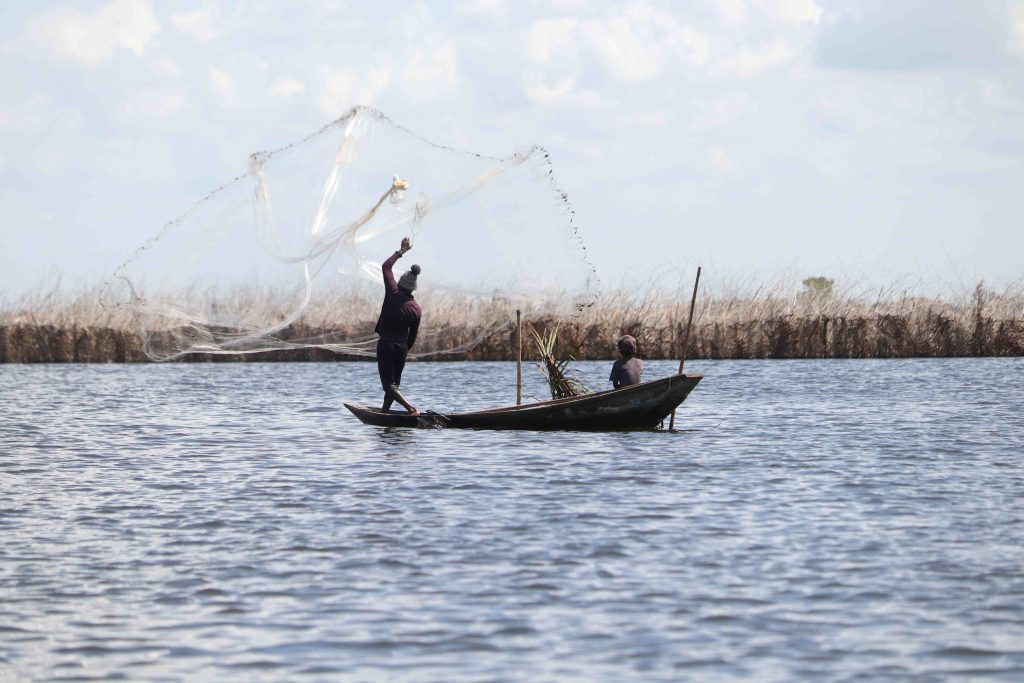
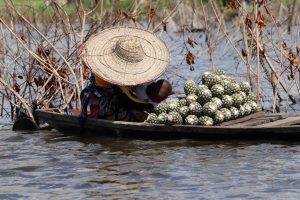

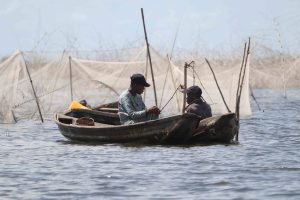
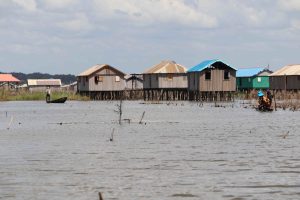
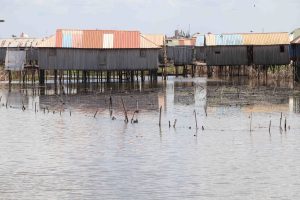

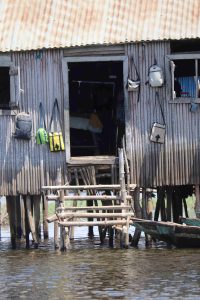
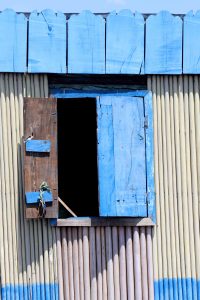
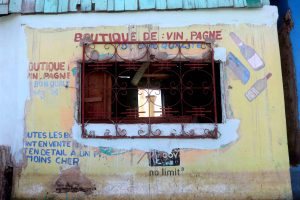


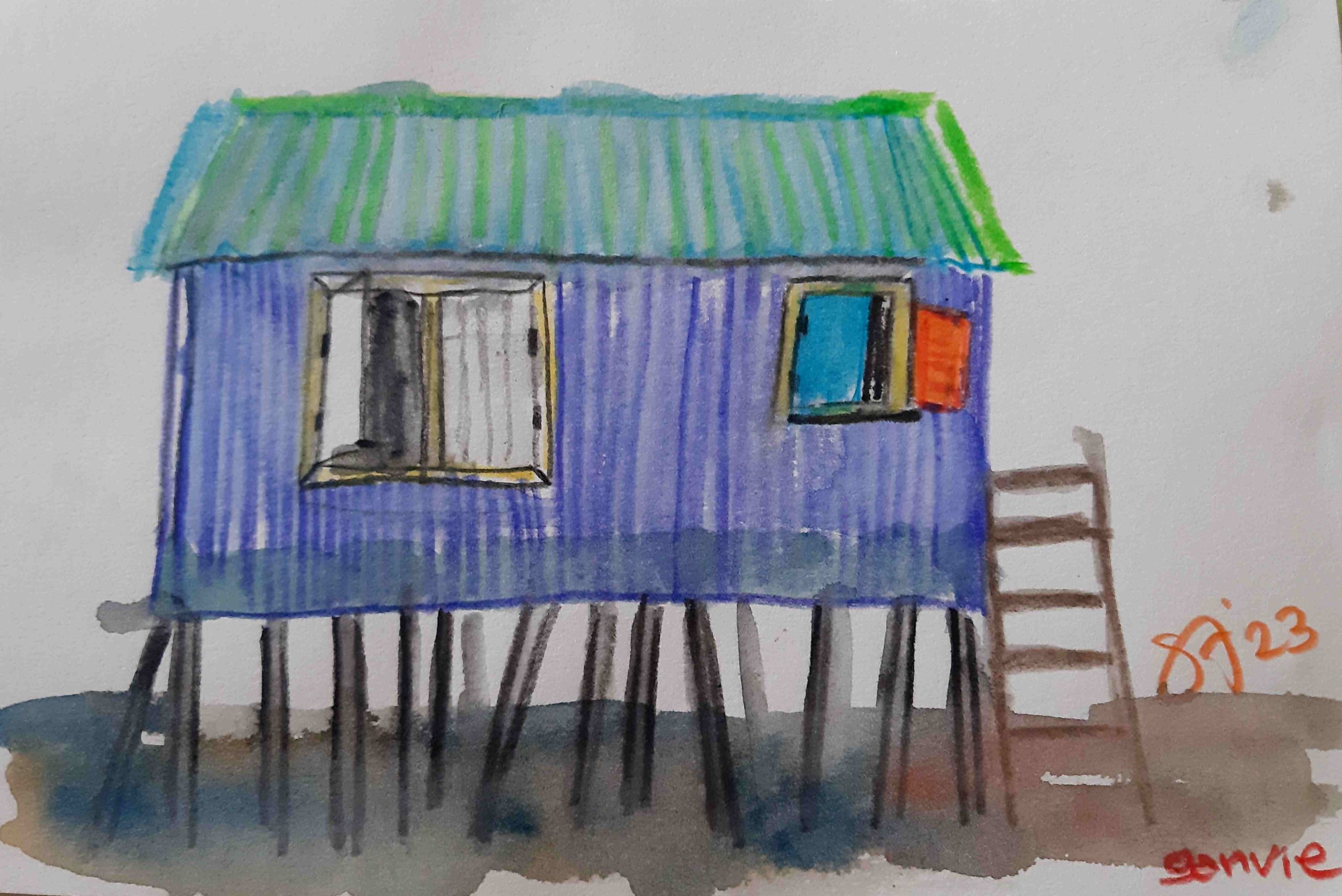
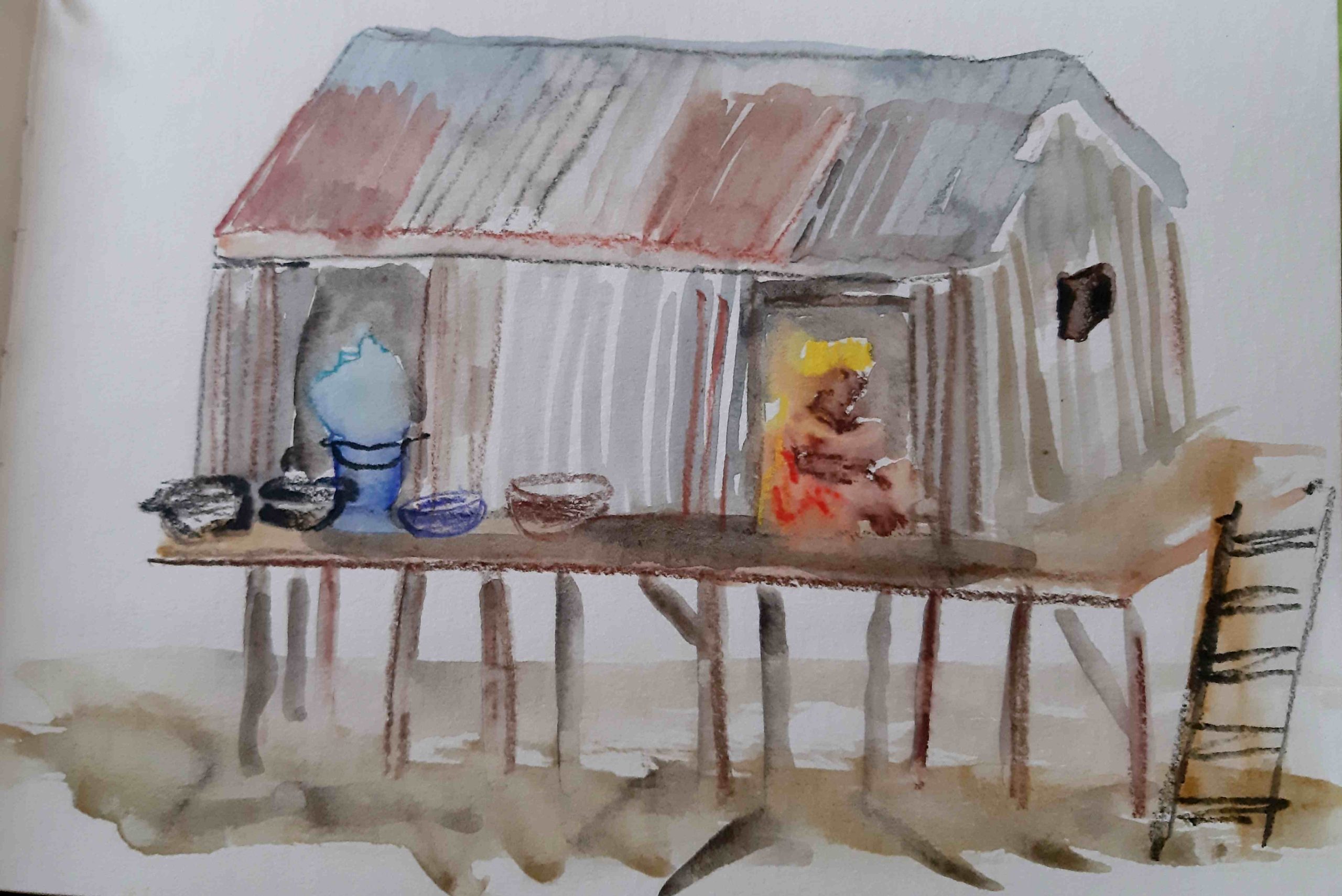
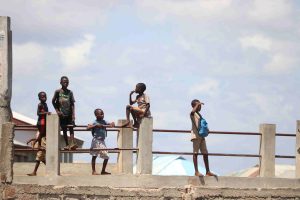

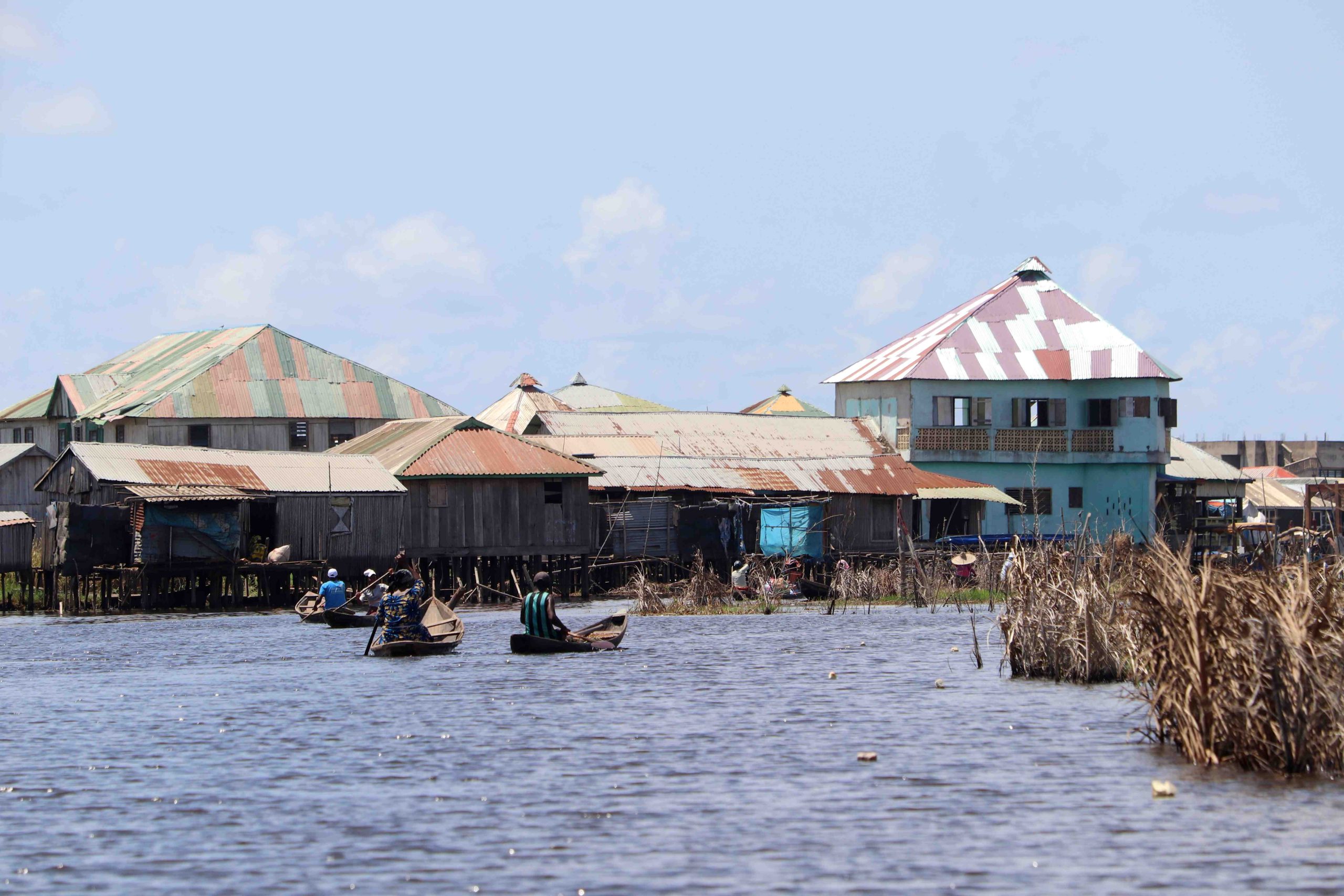
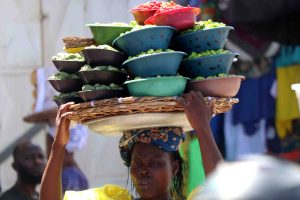

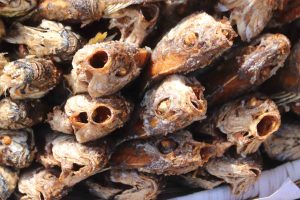
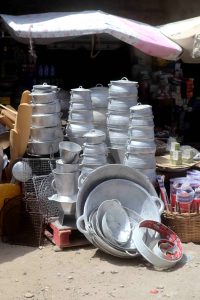
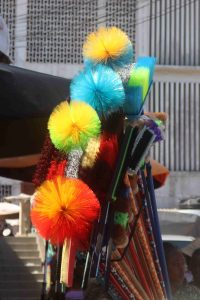
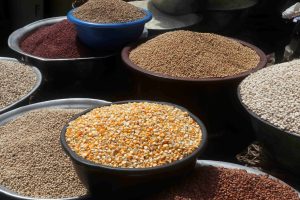

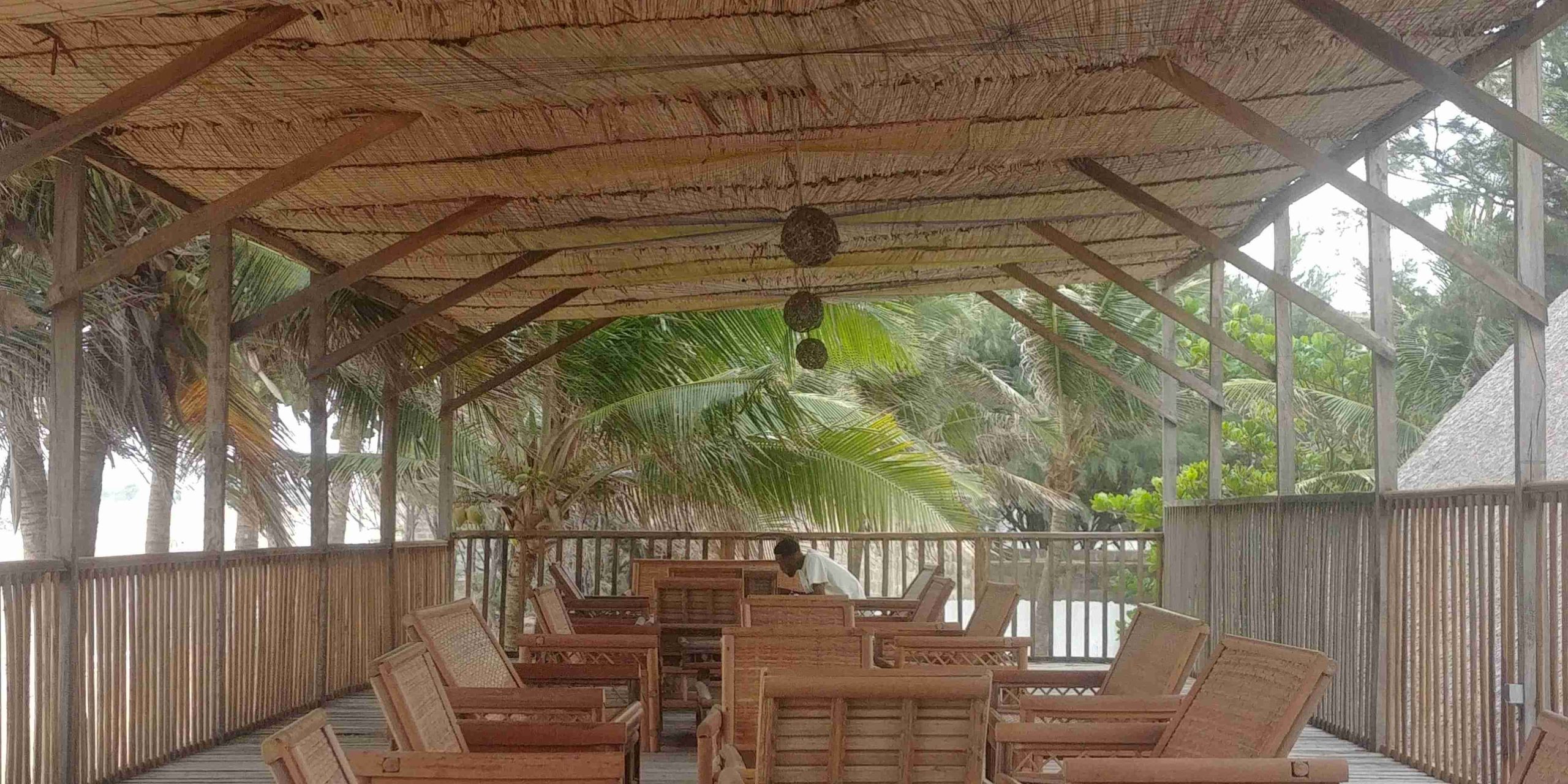
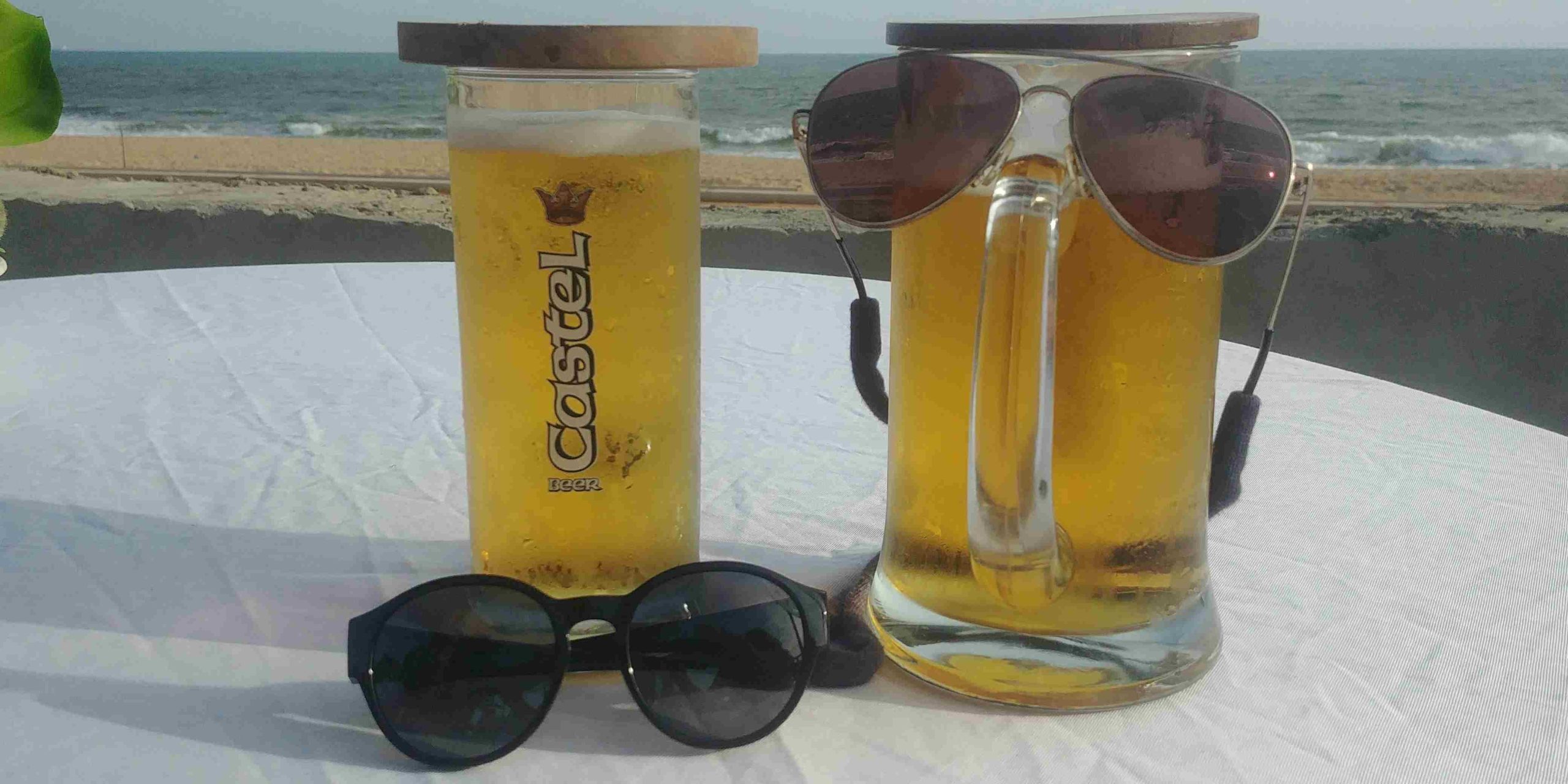










After your boattrip a very relaxed afternoon in the shade with a nice beer.
Not bad??